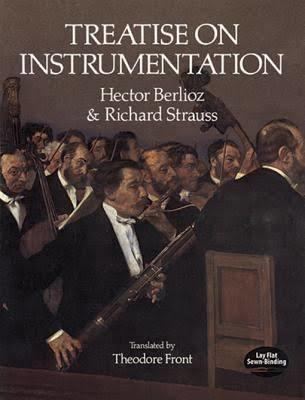Originally published 1844 Genres Textbook, Treatise | ||
 | ||
Similar Works by Hector Berlioz, Orchestration books, Other books | ||
Richard wagner siegfried der ring des nibelungen act 3 part 1
Grand traité d’instrumentation et d’orchestration modernes, abbreviated in English as the Treatise on Instrumentation (sometimes Treatise on Orchestration) is a technical study of Western musical instruments, written by Hector Berlioz. It was first published in 1844 after being serialised in many parts prior to this date, and had a chapter added by Berlioz on conducting in 1855. In 1904 Richard Strauss was asked to update the text to include some modern instruments and included musical examples from Wagner, and in 1905 the updated Treatise with a new preface by Strauss was published in German. The 1905 edition was translated into English in 1948. The book discusses the various technical aspects of instruments, such as chromatic range, tone quality, and limitations. An explanation of the role of particular instruments within the orchestra is also provided. The book also provides orchestral excerpts from classical scores to give examples of techniques discussed. These examples are sometimes of works by Berlioz himself, while Mozart, Wagner, Beethoven, and Gluck are also frequently cited.
Contents
- Richard wagner siegfried der ring des nibelungen act 3 part 1
- Instruments discussed
- Other topics discussed
- References
Many composers studied the work closely, such as Mussorgsky, Mahler, R. Strauss, and Rimsky-Korsakov.
Instruments discussed
Strings:
Plucked strings:
Keyboards:
Wind instruments:
Brass instruments:
Voices: (Soprano, Alto, Tenor, Bass etc.)
Percussion:
New instruments:
Other topics discussed
The orchestra - an overview of how the orchestra functions as a whole, and its development throughout history.
On conducting - a brief discussion of conducting practices in Europe during Berlioz's day. Berlioz was also known as a great conductor in his time, in addition to a composer.
